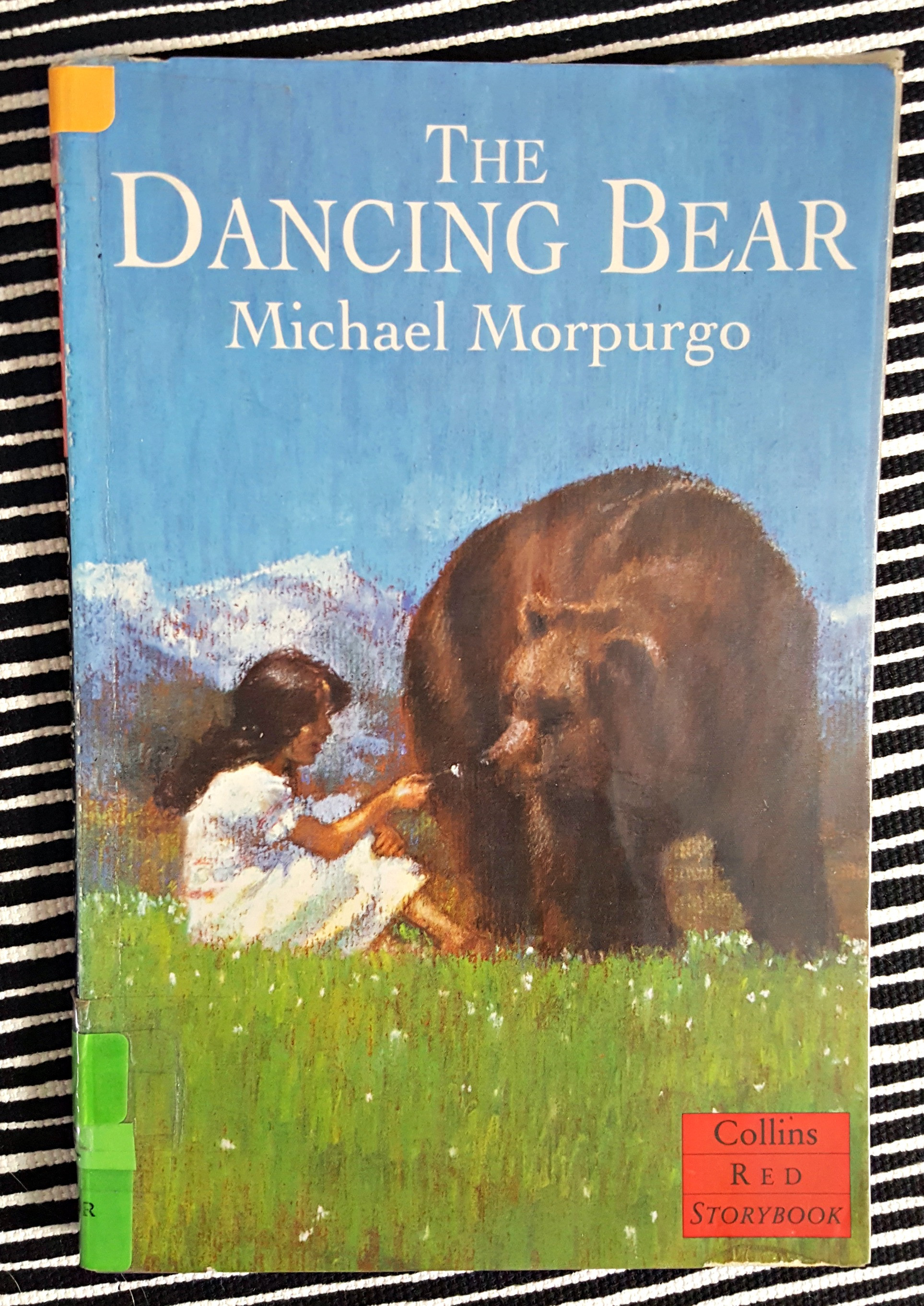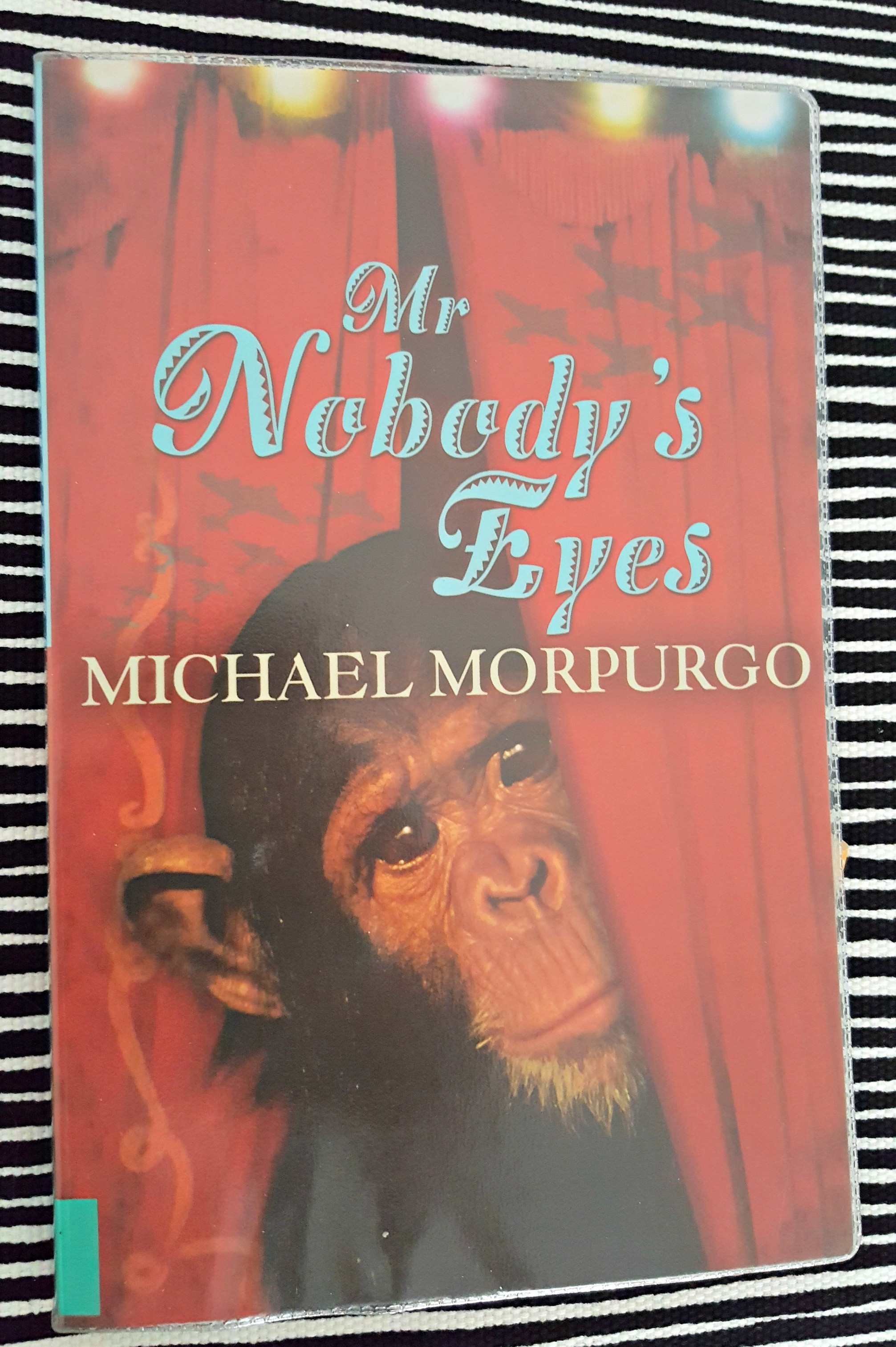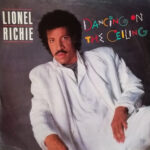The term “dancing bear” evokes a range of images, from whimsical storybook scenes to more somber historical realities of animal exploitation. For generations, the idea of bears performing for human amusement has been a fixture in popular culture, often masking a darker truth of animal cruelty and forced servitude. Recently, while watching BBC news, a fleeting segment highlighted the positive work of bear sanctuaries, offering a stark contrast to the romanticized and often misleading portrayals of “dancing bears” in fiction. This prompted a reflection on how children’s literature tackles, or sometimes fails to tackle, this complex issue. Michael Morpurgo’s book, “The Dancing Bear,” a seemingly gentle tale for young readers, becomes a case study in this examination. While aiming to entertain, it inadvertently stumbles, missing a crucial opportunity to educate and instill empathy regarding animal welfare.
The Allure and the Problem of “Dancing Bears”: A Troubled History
The concept of the “dancing bear” is deeply rooted in history, conjuring images of street performers and circus acts from centuries past. These performances, while seemingly entertaining, were built upon a foundation of animal suffering. Bears, often cubs taken from the wild, were subjected to brutal training methods to force them to “dance” – typically by heating metal plates they were made to stand on, associating music with pain relief and movement. This cruel practice, though less prevalent in some parts of the world today thanks to animal welfare advocacy, still casts a long shadow. Understanding this historical context is crucial when evaluating how media, including children’s books, portrays dancing bears. Children’s literature, in particular, holds significant power in shaping young minds and their understanding of the world, including their perceptions of animals and ethical treatment.
“The Dancing Bear” by Michael Morpurgo: A Critical Review
Michael Morpurgo’s “The Dancing Bear” tells the story of Roxanne, an orphan girl who discovers a bear cub. Persuading her miserly grandfather to keep the cub, named Bruno, hinges on the promise of financial gain. Roxanne and Bruno develop a close bond, but when Bruno playfully nips a child, the villagers demand he be caged. Exploiting the situation, Roxanne’s grandfather turns Bruno into a spectacle, soliciting donations for a “threatened species.” A film crew arrives, seeking a dancing bear for a music video featuring a pop star named Niki. Roxanne’s grandfather eagerly agrees, seeing another opportunity for profit. Roxanne, despite her initial anger, gets Bruno to dance for the video, driven by circumstances and her own singing talent which seems to prompt Bruno’s movements. However, the narrative takes a bleak turn. Bruno, confined to his cage after his brief moment of “stardom,” dies alone, with the cause of death left ambiguous – grief, starvation, or neglect. The story concludes abruptly, shifting focus to a hat the narrator wanted, completely sidelining Bruno’s tragic fate.
This abrupt and understated ending is where the book falters significantly. While “The Dancing Bear” is marketed for confident young readers and receives positive reviews, it ultimately sidesteps a crucial teachable moment. The narrative builds towards a climax that should prompt reflection on animal welfare, captivity, and exploitation, but instead, it delivers a jarringly anticlimactic and emotionally unsatisfying conclusion. Bruno’s death, treated as a mere footnote, diminishes the potential for young readers to engage with the deeper ethical implications of the story.
 The Dancing Bear by Michael Morpurgo Illustrated by Christian Birmingham Published by Harper Collins
The Dancing Bear by Michael Morpurgo Illustrated by Christian Birmingham Published by Harper Collins
Where “The Dancing Bear” Falls Short: Educational and Ethical Concerns
The primary shortcoming of “The Dancing Bear” lies in its missed opportunity to educate children about the ethical complexities surrounding animal performance and captivity. The story hints at exploitation through Roxanne’s grandfather’s greed, but it never explicitly condemns the practice of forcing bears to dance or keeping wild animals caged for entertainment. There is no character who voices concern for Bruno’s well-being beyond Roxanne’s personal affection, and even her actions are driven by circumstance rather than a clear understanding of animal rights. The narrative lacks critical information that could spark children’s curiosity and concern about real-world dancing bears and animal welfare. Why does Niki want a dancing bear? Is it acceptable to keep a wild animal in a cage, even if seemingly loved? These questions remain unanswered, leaving room for potentially harmful interpretations. A child reading this book might conclude that bears naturally “dance” to music and that keeping a caged wild animal is acceptable as long as they are cared for, overlooking the inherent limitations and ethical issues of captivity itself.
Children’s literature has the power to cultivate empathy and critical thinking. In the context of animal stories, it can be a vital tool for fostering responsible attitudes towards animals and raising awareness about conservation and ethical treatment. “The Dancing Bear,” despite its engaging narrative and sympathetic protagonist, stops short of fulfilling this potential. It romanticizes a situation that, in reality, is often rooted in cruelty and exploitation, failing to provide a balanced or informative perspective on the issue of dancing bears. Organizations like Four Paws, mentioned in the original article’s introduction, are actively working to rescue bears from inhumane conditions and establish sanctuaries, directly addressing the very issues that Morpurgo’s book glosses over. Including even a brief author’s note or subtly weaving in a character’s concern about Bruno’s captivity could have transformed “The Dancing Bear” into a valuable educational tool rather than just a simple, and ultimately incomplete, story.
Reimagining “The Dancing Bear” for the Classroom: A Teachable Moment
Despite its shortcomings, “The Dancing Bear” isn’t without merit and can still be utilized in the classroom as a starting point for critical discussion. Educators can leverage the book to encourage students to think beyond the surface narrative and explore the deeper ethical questions it raises, albeit unintentionally. Instead of accepting the story at face value, teachers can guide students to analyze:
- Bruno’s perspective: How might Bruno feel being caged and forced to perform? Does he truly “dance” willingly?
- Roxanne’s motivations: Is Roxanne’s love for Bruno enough to justify his captivity? What are the limitations of keeping a wild animal as a pet?
- The villagers’ and grandfather’s actions: Are their motivations ethical? How does greed and the desire for entertainment contribute to animal exploitation?
- The ambiguous ending: Why does Morpurgo leave Bruno’s death unexplained? What message does this send?
Supplementing the book with external resources is crucial. Showing short videos about bear sanctuaries and the realities of dancing bear exploitation can provide a necessary counterpoint to the book’s romanticized portrayal. Discussions about animal habitats, the needs of wild animals versus domestic pets, and the ethical considerations of using animals for entertainment can further enrich the learning experience.
While “The Dancing Bear” focuses on bears, the original article also briefly mentions “Mr Nobody’s Eyes,” another Morpurgo novel featuring a chimpanzee in a circus setting. Similar critical analysis can be applied to this book, examining the portrayal of Ocky the chimpanzee and prompting discussions about circus animals and endangered species.
 Mr Nobody’s Eyes by Michael Morpurgo Cover photograph Getty Images Published By Egmont
Mr Nobody’s Eyes by Michael Morpurgo Cover photograph Getty Images Published By Egmont
Beyond the Page: Real-World Dancing Bears and How We Can Help
Returning to the initial inspiration – the BBC news segment about bear sanctuaries – it’s essential to connect the fictional “dancing bear” to the real-world efforts to combat animal cruelty and promote conservation. Organizations like Four Paws and others are dedicated to rescuing bears from inhumane conditions, including those formerly used as dancing bears, and providing them with safe, natural habitats. These sanctuaries offer a tangible example of positive action and demonstrate that the suffering associated with dancing bears can be addressed and overcome.
By learning about these initiatives, children can understand that the story of the “dancing bear,” while often presented as entertainment, has a darker side rooted in animal exploitation. More importantly, they can learn that there are active efforts to protect these animals and ensure their well-being. This knowledge can empower them to become more informed and compassionate individuals who advocate for ethical treatment of animals in all contexts.
Conclusion
“The Dancing Bear” by Michael Morpurgo, while a well-intentioned children’s book, ultimately falls short of its potential to educate and inspire empathy regarding animal welfare. Its romanticized portrayal of a dancing bear and ambiguous ending miss a crucial opportunity to address the ethical complexities of animal exploitation and captivity. However, by critically engaging with the book in the classroom and supplementing it with real-world information about animal welfare efforts, educators can transform “The Dancing Bear” into a valuable teachable moment. Ultimately, children’s literature should strive to be both engaging and enlightening, fostering not only a love for reading but also a deeper understanding and respect for the world around them, including its animal inhabitants. Stories have the power to shape perceptions and inspire action, and when it comes to sensitive topics like animal welfare, it is crucial that they do so responsibly and ethically.


